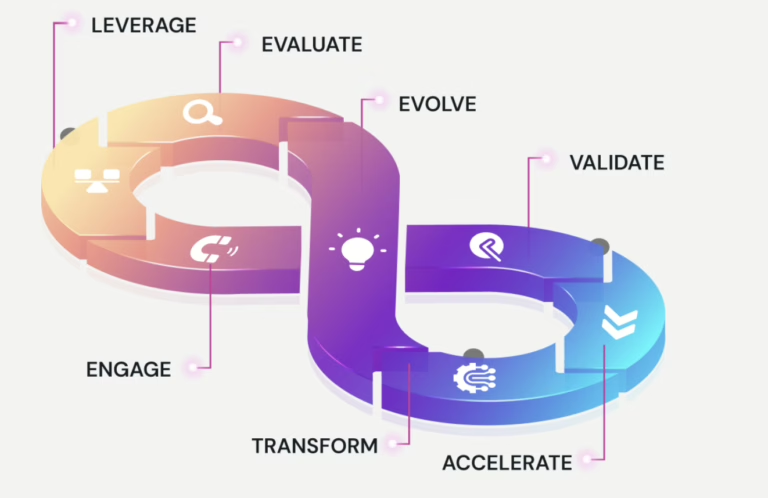Document Understanding AI Agent – Mortgage & Healthcare Use Case
Context & Challenge
Both the mortgage and healthcare industries are document-heavy, regulated environments.
- In mortgage, underwriters spend hours verifying income, identity, property, and loan terms across scattered documents.
- In healthcare, claims processors must extract data from clinical forms, handwritten prescriptions, and EHRs to approve reimbursements.
Manual review causes:
- Delayed turnaround time (TAT)
- High error rates
- Compliance risks
AI Agent Solution
47Billion developed a Document Understanding AI Agent that autonomously extracts, validates, and structures data from unstructured, semi-structured, and scanned documents.
Key Capabilities
- Multi-Format Reading: Parses PDFs, scanned images, handwritten forms, EHR exports, and digital forms using OCR + NLP + layout detection.
- Contextual Field Mapping: Matches extracted fields to schema (e.g., borrower’s income, ICD codes, treatment types).
- Built-in Compliance: Applies industry-specific rules (MISMO for mortgage, HIPAA for healthcare) to flag anomalies.
- Human-in-the-Loop Interface: Auto-suggests data points with confidence scores; edge cases are routed to human validators.
Outcomes
- Mortgage Industry
- 65% reduction in underwriting document review time
- 95% accuracy in extracting income and identity-related fields
- Real-time fraud flagging using cross-document consistency checks
- Healthcare Industry
- 70% faster claims processing
- 90% reduction in manual entry of diagnosis and treatment codes
- Improved audit readiness with automatic log trails of document actions
How It Works Agentically
- Observe: Monitors document intake folders or APIs
- Decide: Identifies document type (e.g., W2, lab report)
- Act: Extracts and processes data, triggering the next steps—flagging, logging, or approvals
- Learn: Uses feedback loop to self-correct extraction accuracy over time
What Makes It Agentic
This AI agent doesn’t wait for predefined rules to trigger. It autonomously identifies, extracts, and acts on documents, adapting based on layout changes, document types, and context—mimicking a skilled back-office document analyst.




